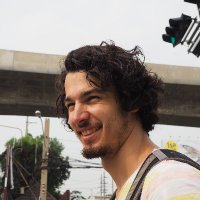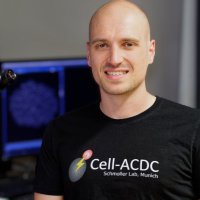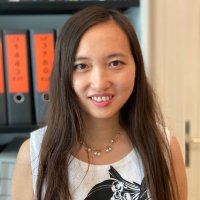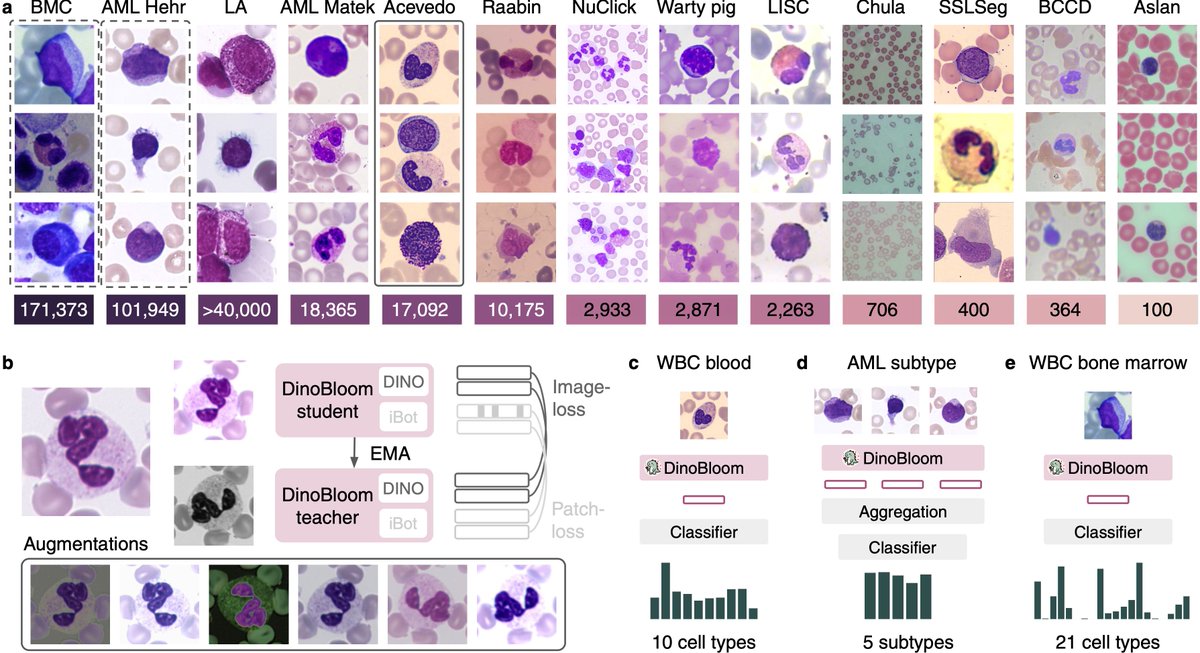
Benedikt Mairhörmann
@mh_beno
I am a Data Science and Machine Learning enthusiast doing a PhD @MunichDS and @HelmholtzMunich.
Besides that: Slap that Bass!
ID: 1423294161617264653
05-08-2021 14:45:56
15 Tweet
113 Followers
165 Following

Check out our newest preprint on Deep Learning-based MRI lung segmentation spearheaded by Benedikt Mairhörmann and Alejandra Castelblanco together with Anne Hilgendorff to aid clinical decision-making for the most vulnerable patient group - prematurely born infants. medrxiv.org/content/10.110…




Why not invite authors to join a virtual paper discussion? Last year, Tingying Peng’s group and mine developed a new journal club format: Read & Meet (the Author). THX Gabriele Campanella Michał Januszewski Maria Vittoria Barbarossa Paris Perdikaris Peter Horvath Navid Alemi et al. for joining! 1/2

Explore our new tool for CyroET membrane protein picking developed by Lorenz Lamm




🚀 FIRST-EVER Marr & Peng Lab Hackathon in beautiful Oberammergau! 👩💻 Was a great time to kickstart some promising projects 🥳 thanks to all the participants, especially co-organizers Benedikt Mairhörmann Rushin Gindra and of course carsten marr and Tingying Peng for making it all possible!


#AI-driven MRI descriptors can serve as markers of lung disease in neonates doi.org/10.1148/ryai.2… Anne Hilgendorff Alejandra Castelblanco Benjamin Schubert #PedsRad #neonate #ML





🚀🎉SpotMAX is now a proud community partner of BioImage.IO, the model zoo where you can find awesome pre-trained segmentation models! PS: You won't get the fireworks on the BioImage.IO website but feel free to request them on the SpotMAX GUI 😎




